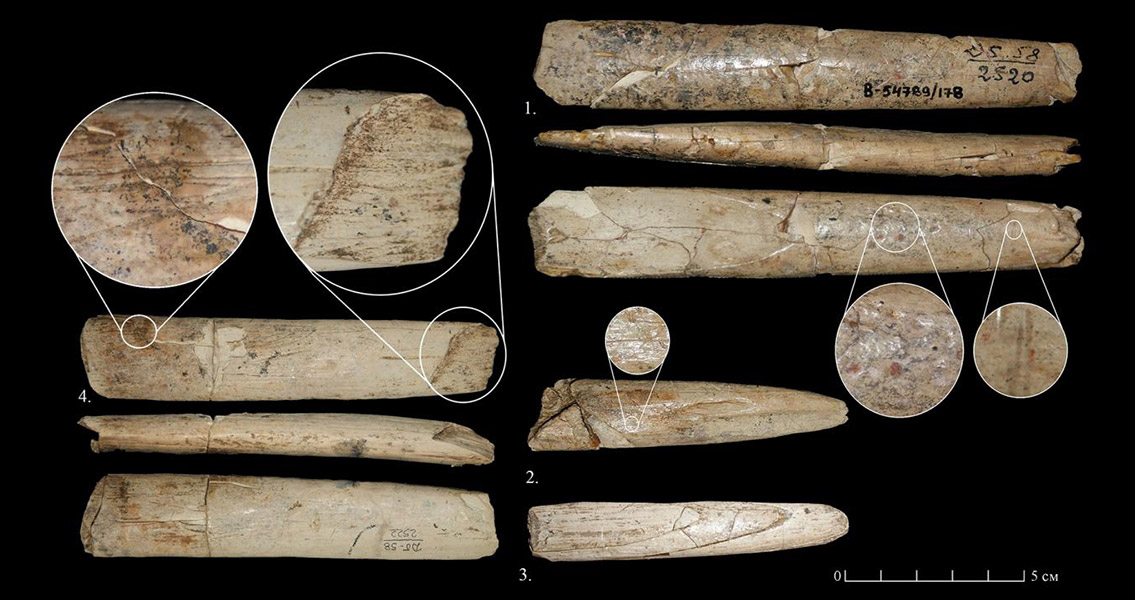<![CDATA[According to researchers from the Lomonosov Moscow State University (MSU), the evidence gathered at the Sungir archaeological site in Russia points to its inhabitants being Homo sapiens – or early man. Sungir, located near the city of Vladimir and around 200 kilometers east of Moscow, was initially discovered in 1955 as part of an industrial construction project. The artifacts found on the open-air site include ivory and bone objects, while the dig itself uncovered not one but two graves, each of which contained a pair of burials; these burials were replete with grave goods such as spears, bracelets, and beads. The MSU researchers studying the ivory, antler and bone objects found at Sungir say they have been able to shed new light on how early modern humans produced tools and processed solid organic minerals, according to a university press release. The site itself, and the objects found within it, have been dated to approximately 30,000 years old, according to radiocarbon dating techniques employed by both MSU scientists and others. The majority of the work in identifying and analyzing the artifacts found at Sunir was distributed between two MSU professors: Dr. Taisiya Soldatova, who was responsible for gleaning information from more than 170 ivory, antler and bone tools, and Dr. Vladislav Zhitenev, who focused his efforts on the ornamental objects found within the burials, such as ivory beads and pendant necklaces strung with the teeth of the arctic fox. Soldatova remarked that the fact that there were bone tools and artifacts discovered on the site can provide strong indicators of cultural attribution – especially when combined with stone tools. In fact, those that lived at Sungir were capable of highly advanced bone processing techniques, such as planing and scraping, sawing, cutting, and fracturing bones both longitudinally and transversely, often with an accompanying preparatory incision or saw mark. The end result, Soldatova said, is that the case can be made that those living at Sungir were capable of treating solid organic materials in a uniform manner. Researchers also found several differences in how tools made from bone and antler were prepared in comparison to those made out of ivory. In fact, those at Sungir seemed to be more adept at creating tools and ornaments out of ivory than any other substance. Despite the higher quality of the ivory artifacts, there’s no evidence that they were ever used in household activities; in fact, they seemed to be reserved for ornamental use, art objects, and weapons for hunting prey. Artifacts were also found at Sungir that were in several different stages towards completion as well. Finished products were found mixed in with blanks, leading researchers to believe that these artifacts were created on site. Sungir was also found to have been something of a trade and commerce hub, as the wide range of tools found there support the possibility of activities such as transforming animal skins into clothes. Soldatova stated that being able to truly scrutinize the ivory antler and bone objects can help showcase cultural differences between those who lived at Sungir and those who also existed across Europe during the same time period. Image courtesy of Taisiya Soldatova ]]>
Homo Sapiens Inhabited Russian Dig Site
